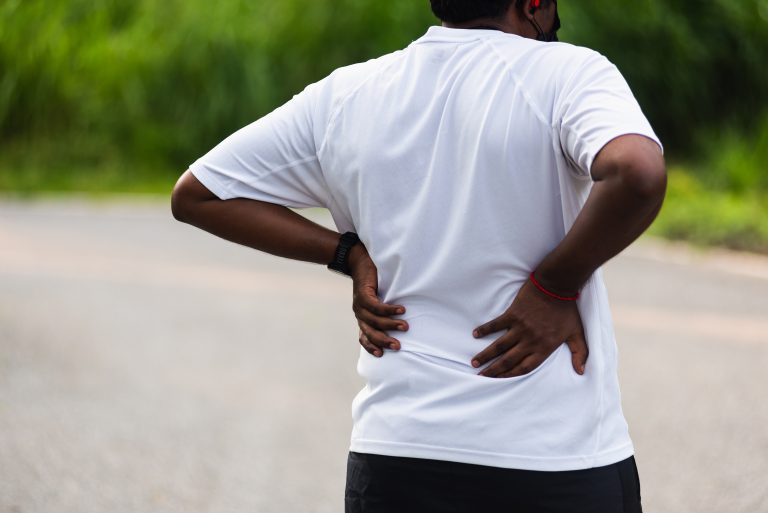What is Canal Stenosis?
Symptoms of spinal canal stenosis only occur when the spinal canal becomes constricted and the nerve roots or spinal cord become compressed. This condition is associated with aging and is unavoidable. Spinal stenosis typically affects the neck and lower back regions more than the thoracic region of the vertebral column. The development of symptomatic spinal stenosis can be worsened by a number of spinal conditions. This includes osteoarthritis, bone spurs, and herniated discs. Continue reading to learn more about the symptoms of this condition and the treatment available.
Canal Stenosis Symptoms
Patients only experience the symptoms of spinal canal stenosis when the nerves in the spine become compressed. This is due to the narrowing of the canal. The symptoms of this condition can vary depending on its location:
- Cervical spinal canal stenosis. Patients with spinal stenosis in the cervical region of the spine typically experience weakness, tingling, numbness and pain in the head, neck, upper back, shoulders, and arms. In extreme cases, damage to the protective covering that surrounds nerve fibers in the spinal cord can occur. In this case, symptoms may be extreme, affecting balance and other vital functions.
- Thoracic spinal stenosis. This rare condition occurs in the middle of the back. Pain may be felt in the back, ribs, internal organs or the abdomen.
- Lumbar spinal stenosis. Occurring in the lumbar region of the spine, this condition usually presents itself with pain in the lower back. Some patients also experience pain, numbness, tingling and weakness in the hips, buttocks, legs, and feet.
Treatment with BEST Health System
Many patients experience relief from their spinal canal stenosis symptoms with the use of conservative treatments. These nonsurgical therapies include pain medications, hot and cold compresses, muscle relaxants, physical therapy, heat massage, low-impact exercises, and corticosteroid injections. Some patients also are able to relieve their pain and discomfort through the use of alternative therapies like acupuncture and chiropractic manipulation. It is important to consult your to begin a personalized conservative treatment plan that is best for your needs.
If your symptoms fail to respond to these conservative and alternative therapies after several weeks or months of treatment, you may be a candidater for surgery. At BEST Health System, it is our primary goal to help patients find the most effective, least invasive treatment option. Our board-certified surgeons specialize in minimally invasive surgeries, allowing our patients to endure less scarring and less pain, all on an outpatient basis. Contact BEST to learn more.
